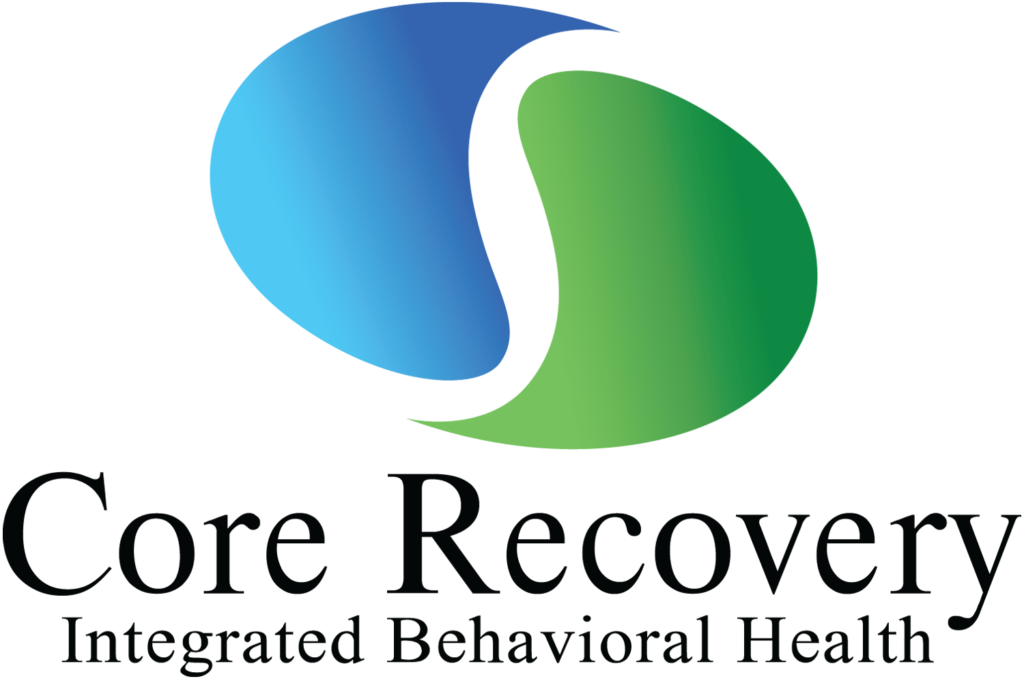We know the pain it causes. We can hear it in our patients’ voices and see it on their faces. Core Recovery patients talk about how they feel outcast, judged, ridiculed, and sometimes made fun of because they have a mental health condition. It’s why they don’t want anyone to know they need help. It’s what breaks our hearts, but drives our passion to be here for them.
That’s what mental illness stigma is. And that’s why it’s a problem.
The National Alliance on Mental Illness (NAMI) describes stigma as viewing a person in a negative way just because they have a mental health condition. It means displaying negative attitudes or discrimination against someone based on mental illness or mental health condition.
Living with a mental health condition can be difficult. When you add to that the impact of stigma, the consequences can be extremely painful, serious, and sometimes devastating. Perceived stigma leads to feeling shame about having a mental illness. A long-term study shows this sort of internalized stigma leads to poorer treatment outcomes. In fact, according to the U.S. Surgeon General, stigma is one of the single greatest barriers to mental health treatment
The Real Impact of Stigma
People who are subjected to stigma can feel fear, anger, and intolerance toward others. According to Very Well Mind, they are also likely to experience:
- Reluctance to seek treatment
- Social rejection, avoidance, and isolation
- Worse psychological well-being
- Lack of understanding among friends and family
- Harassment, violence, or bullying
- Poor quality of life, disability, and increased socioeconomic burden
- Increased feelings of shame and self-doubt
Working Together, We Can End the Stigma
Now that we know what it is and how dangerous it can be, we at Core Recovery want to help stop the stigma so people can heal. Here are NAMI’s three steps to be stigma-free.
Step 1: Educate Yourself and Others
Knowing the facts can help you educate others and reject stigmatizing stereotypes. Understanding mental health isn’t only about being able to identify symptoms and having a name for conditions; it’s also about debunking false ideas about mental health conditions.
Step 2: See the Person, Not the Condition
Every person with a mental health condition has their own story that goes beyond their diagnosis. Work to identify with people outside their illness by treating them with kindness and empathy. Remember, their diagnosis is not the defining factor of their identity. It’s an illness that can and should be treated.
Step 3: Take Action
Our mental health care system often makes treatment and recovery difficult for those who need it. We can take action to advocate for better legislation and policies to improve lives. Being vocal about your support shows that this cause is important to you, and can help impact change.
Core Recovery is Here to Help
If you or a loved one is struggling with a mental condition, contact Core Recovery for information on support and treatment. Our caring staff can answer your questions and guide you to the right treatment options for you.






 In CA By O360®
In CA By O360®